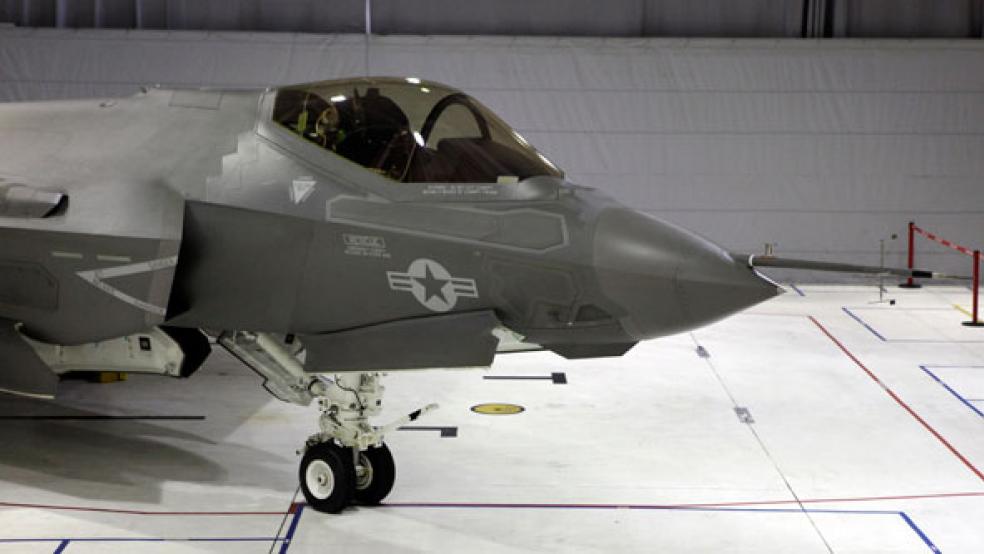The Pentagon’s next generation F-35 fighter jet has already had to deal with a litany of production problems, including fundamental and repeated engine issues, and questions about its ability to maneuver in a dogfight.
Typical of government contracts, even though the manufacturer doesn’t fulfill their end of the bargain, we fulfill ours by paying the cost overruns. To date, the price tag over a 55-year operating period is estimated at $1.5 trillion, twice the Pentagon’s 2013 budget.
Now, the hits just keep on coming. A DOD Inspector General report found that the plane has 719 total problems that remain to be resolved. Many of the changes the IG report identified were quality control issues by Lockheed Martin, the contractor for the plane. It's these types of issues are precisely the reason that the cost of the plane ballooned from $382 billion to $1.5 trillion. They include:
- Lockheed's failure to make sure subcontractor's work was up to snuff.
- Failures to ensure safety requirements were being met.
- Failure of the Defense Contract Management Agency to check subcontractor's work.
- Failure to put in place proper quality assurance guidelines.
The report made it clear that the problems it identified are going to lead to additional costs.
“The Government incurred and will continue to incur a significant cost for these issues, either through the previous cost-plus incentive/award/fixed-fee contracts or via quality incentives on future fixed-price incentive-fee contracts,” the IG said in its report. “Although it would be unrealistic to expect first production to be issue free, our contractor assessments indicate that greater emphasis on quality assurance, requirement flow down, and process discipline is necessary, if the Government is to attain lower program costs.”
Lockheed countered to ABC News that the problems the IG identified were not new,” claiming they are "based on data that's more than 16 months old and [a] majority of the Corrective Action Requests identified have been closed.” The IG contends the issues were identified in 2012 and 2013.
"Producing quality products is a top priority for the F-35 Program, and Lockheed Martin and its suppliers strive every day to deliver the best aircraft possible to our customers," Lockheed said in a statement. "When discoveries occur, we take decisive and thorough action to correct the situation. Our commitment is to deliver the F-35's world class Fifth Generation fighter capabilities to the warfighter on time and within budget."





